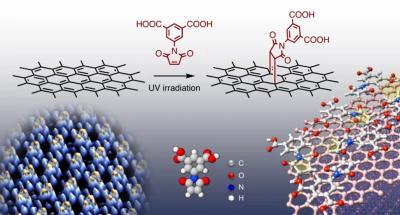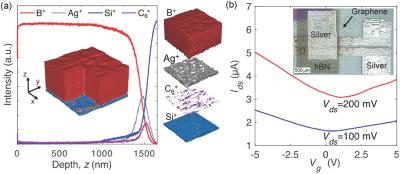Graphene ‘nano-origami’ could enable tiny microchips
Scientists at the University of Sussex have developed a technique for making tiny microchips from graphene and other 2D materials, using a form of ‘nano-origami’.
By creating distortions in the structure of the graphene, the researchers were able to make the nanomaterial behave like a transistor. We’re mechanically creating kinks in a layer of graphene, says Professor Alan Dalton of the School of Mathematical and Physics Sciences at the University of Sussex. It’s a bit like nano-origami. Using these nanomaterials will make our computer chips smaller and faster. It is absolutely critical that this happens as computer manufacturers are now at the limit of what they can do with traditional semiconducting technology. Ultimately, this will make our computers and phones thousands of times faster in the future.












